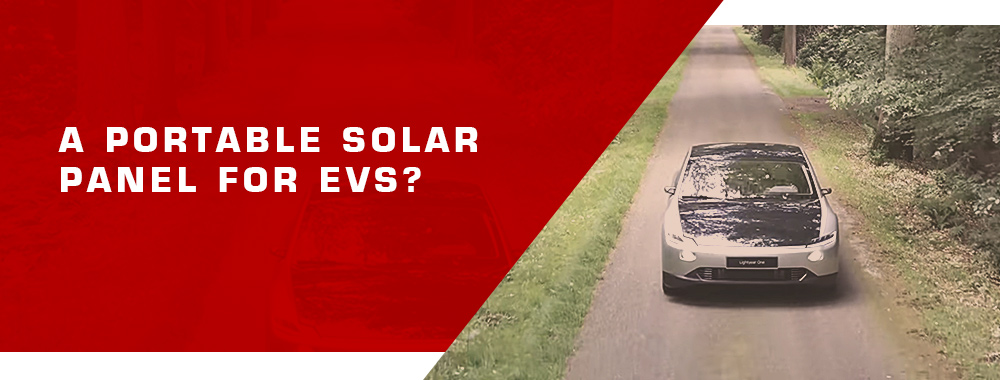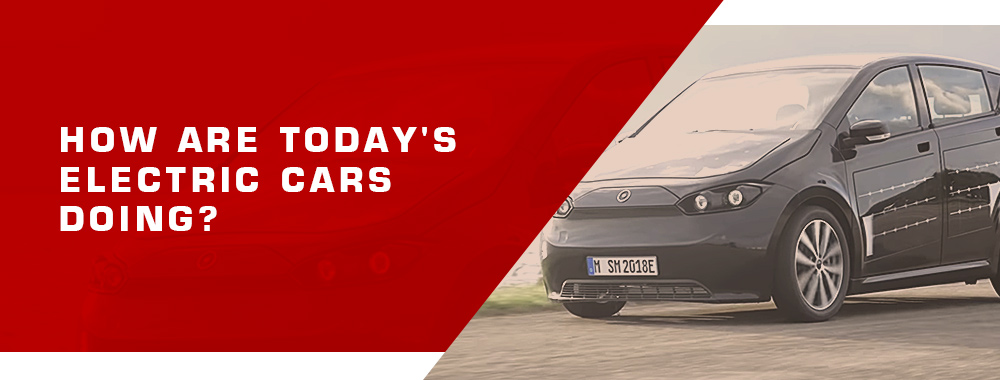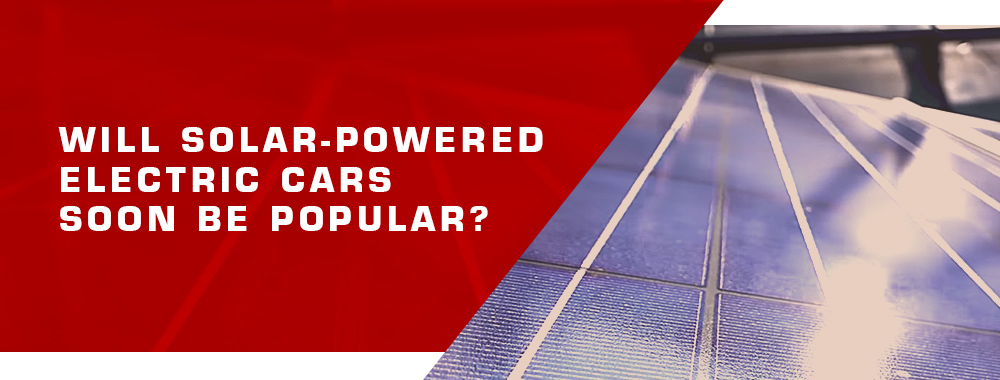Can you charge an EV with solar?
Yes, you can install solar panels and use them in exactly the same way as for household appliances. Only at the same time charging the electric car. It remains necessary to correctly calculate their number.
How many panels would it take to charge an electric car?
Not all panels are created equal. The power of a solar panel is determined by the location and the type of panel. On average, 1 panel generates 30 kWh each month. Now divide the required amount of energy by 30 kWh, and you get the number of panels. For example, your car needs 330 kWh on average. So 11 panels can provide you with energy, at a rough calculation.

The problem of driving autonomy is one of the most noticeable in electric vehicles being created. The desire of designers to ensure the range of electric cars [12] at the level of cars with internal combustion engines leads to the need to search for energy sources “right in motion” of the car on electric traction. One of the known options is energy recovery, which has long been actively used. There are also attempts to partially recharge the battery by means of solar panels. Portable generators are also proposed to increase the range of motion.
How did the first solar-powered cars appear?
The first solar-powered electric car appeared back in 1955. But it was more of a toy since the car was only 15 inches long. That futuristic miniature expressed the very idea — the use of solar energy as the driving force of the car.
Subsequent attempts periodically showed some promising models, but they did not go beyond the exhibition copies. Among the most notable machines were:
- 1960. The 1912 Baker Electric was converted into an electric car. The car could go up to 12 mph, and the driving time was up to 3 hours.
- 1977. The experimental Bluebird had only three wheels, but it was powered only by solar energy.
- 1982. The Quiet Achiever was successfully tested in Australia, which traveled 2,485 miles in 20 days, only getting recycled energy from the photo plates.
In the 1980s, there were even electric car races with solar panels in Switzerland.

“Solar” electric cars are still a fairly limited phenomenon in the industry, primarily because many experts doubt their efficiency and capabilities, with quite serious development costs. Nevertheless, there are companies that are trying to refute the opinion that “solar panels have no place in electric cars.
In particular, Toyota and Hyundai are trying to prove it, as well as a number of other not-so-big companies that are engaged in the development of such electric cars.
Toyota already has a Prius with solar panels mounted on the hood, roof, rear window, and spoiler. At the moment, the company is improving the car, trying to optimize its mass. Current tests show that the car is already able to travel about 35 miles on solar charging alone, but nuances such as cloudy skies and ambient temperatures still have a significant impact on performance. Toyota engineers admit that they are still a long way from a full-fledged solar-powered car, but they are not abandoning their attempts at this project.
Hyundai, which also believes in the success of solar panels as a means of charging an electric car, has created a hybrid Sonata with solar panels on the roof that will be released in the Korean and North American markets. The company claims that the panels can generate a battery charge equivalent to 800 miles of annual mileage.
The Sono Sion can be distinguished among modern models. But the solar panels on it (248 pieces) help only to increase the charge level of the built-in battery. On “clean” energy from the sun, the car travels only 21 miles.
The global project, the Lightyear One, is capable of traveling up to 450 miles on “long-range batteries” (on the WLTP cycle). At the same time, expensive materials are used in the design, and the car is priced at almost 180,000 dollars. This electric car is not suitable for the mass market.
Thus, solar energy cannot yet be recycled so quickly as to provide the current cost of the machine to move.
How to use solar energy?
Among the possible options for further development of the solar-powered electric car segment, the designers name:
- Charging the battery while parked;
- Further panel improvements – Sharp has already introduced the next generation of ultra-thin, efficient panels.
It has been mentioned for quite some time now that there are now networks of solar panel-based electric charging stations, where previously converted energy is transferred from the grid (or embedded storage units) to electric vehicles. This approach seems promising at the moment, given that many spent batteries are being converted into stationary batteries.
It would take 6 hours of operation in good weather to cover even 100 miles in a 4 sq. m. panel generation mode. So for now, science cannot answer unequivocally about the prospects of “solar-powered” electric cars.

Critics argue that solar-powered electric cars will have a hard time becoming profitable. The main reason for this is that the placement of the panels makes it too difficult and expensive to repair electric cars.
The Siemens electric vehicle charger models are a great choice for drivers. They have a stable operation that is easy to use and they come with many features, including fast charging, power-saving technology, and more. If you would like to learn more about the best Siemens EV chargers on the market today, take a look at our article right here! We’ve gathered some of the most popular models in one place so you can easily compare them side by side before making your decision.
However, the developers of such electric cars are convinced that the price of solar panels is falling fast enough. It is cheaper for them to build solar panels directly into the car body than to deal with traditional car painting and repair, which is already quite expensive. Plus the actual free daily mileage of at least 18 miles, which many have already put into practice, makes the whole idea not so pointless. The ability to travel for free will not be offered by any traditional electric car.
Experimented with charging my EV using solar panels at home. It’s not enough for full charges, but helps reduce reliance on the grid. Love the concept, but there’s room for improvement.
It’s a step in the right direction. Solar energy for EVs is still in infancy but holds great promise for the future.
Saw a prototype solar EV online. Looks futuristic but wondering if it’s really practical in most climates. Anyone else skeptical?
Skepticism is valid. The efficiency of solar panels varies greatly with weather and location. It’s more of a supplemental solution currently.
I’m excited about the idea of solar EVs, but the cost seems prohibitive. Is it really feasible for the average consumer right now?
Not yet, unfortunately. Solar tech in EVs is still a premium feature. But like all tech, it should become more affordable over time.
Using solar panels to charge my EV feels empowering. Even if it’s partial, it reduces my carbon footprint, and that’s a win in my book.
Anyone aware of upcoming advances in solar EV technology? The current range from solar alone seems too limited for practical use.
Companies are constantly innovating. We might see more efficient solar panels and better integration in EVs in the near future.
Considering an EV with solar panels for my short city commutes. Seems like a good fit for minimal driving. Thoughts?
For short commutes, solar EVs could be a great fit. Less reliance on charging stations and some energy autonomy.
As someone who often drives long distances, I’m unsure about solar EVs. The range anxiety seems like it would be worse.
For long distances, current solar EVs might not be ideal. But they could be great as a second car for city driving.
I’m hopeful about solar EVs. It’s a challenge, but imagine the impact if we could drive cars powered purely by the sun!
The concept of fully solar-powered EVs is fascinating, but there are practical limitations like panel efficiency and weather dependency. How far are we from overcoming these?
We’re still a ways off from highly efficient solar EVs. Advances in panel technology and battery storage will be key.